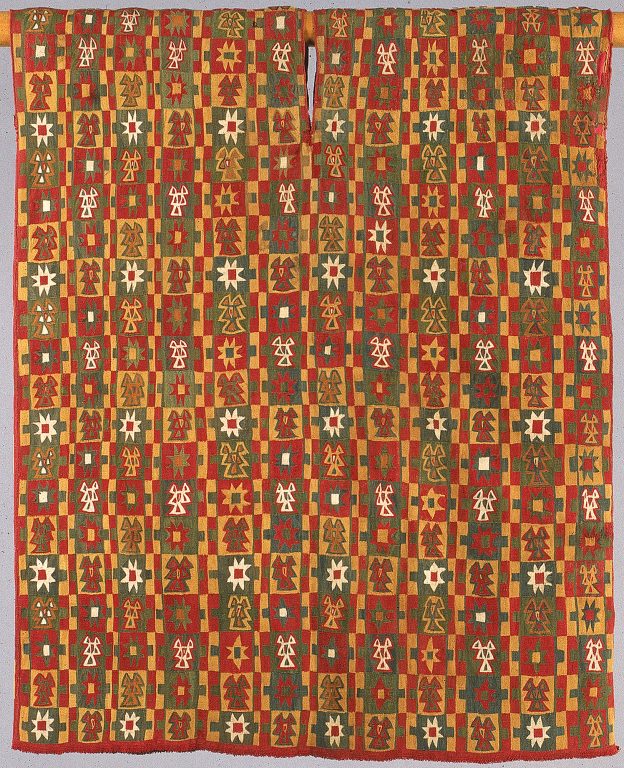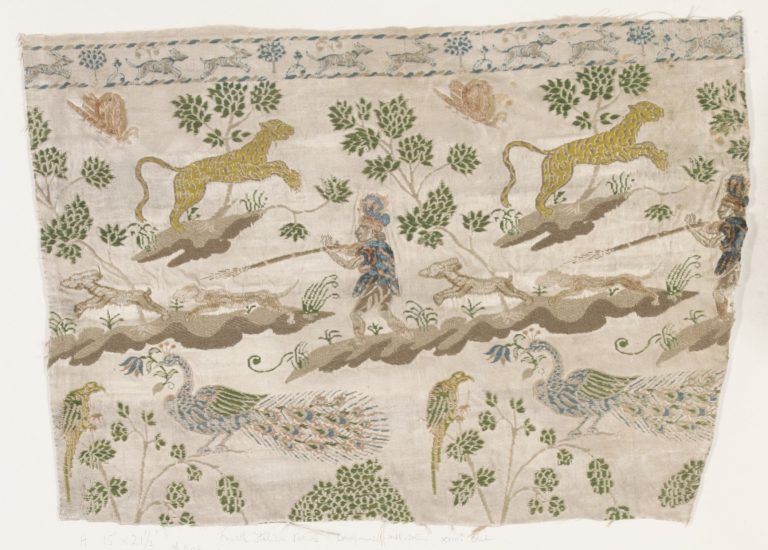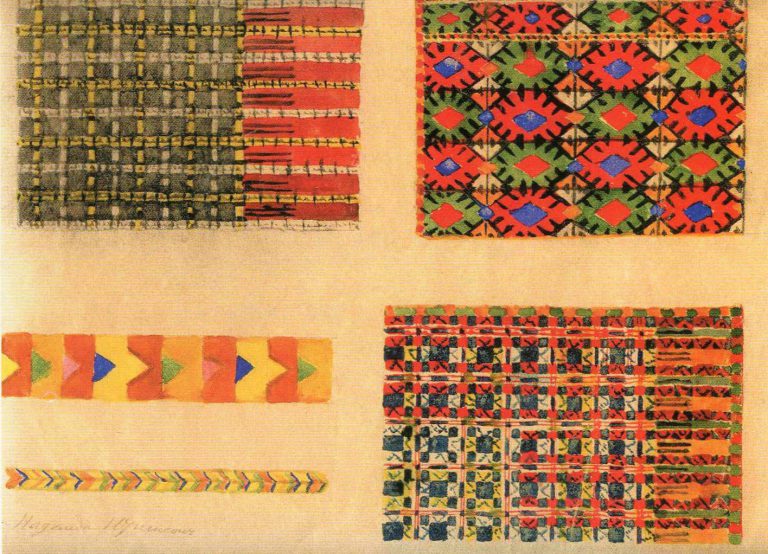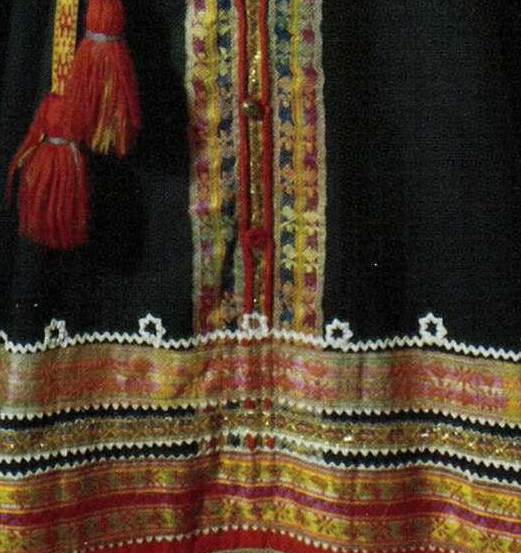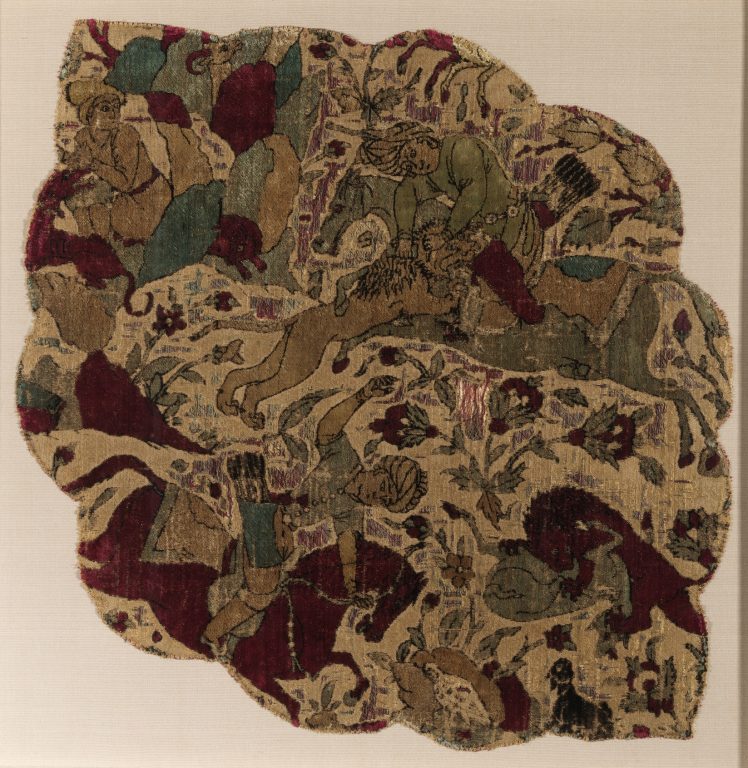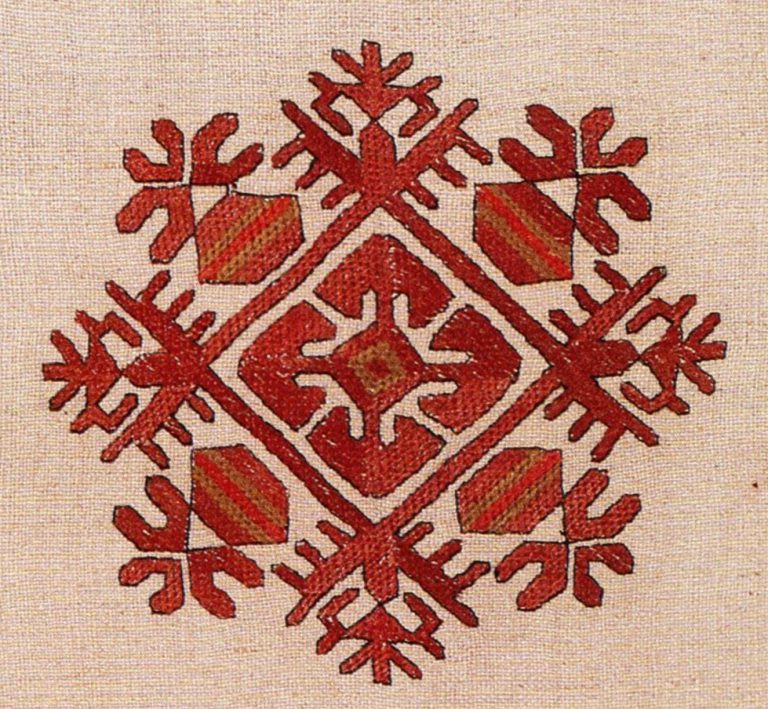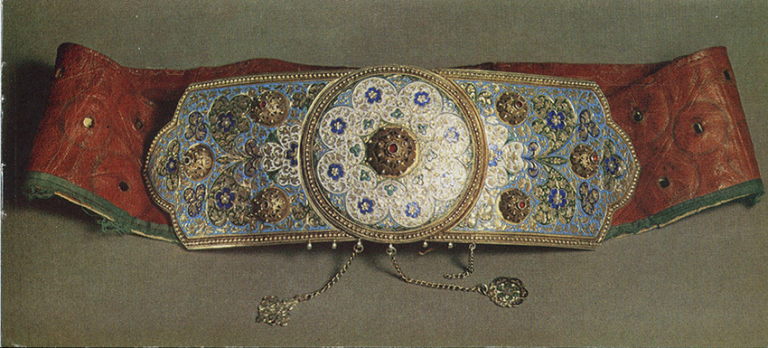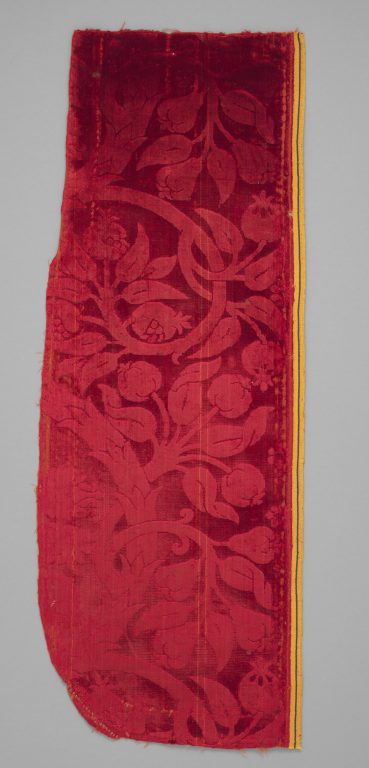

-
Type of sourceDatabase “Metropolitan Museum of Art”
-
Fund that the source refers toMetropolitan Museum of Art
-
Inca tunics, called unku in the Quechua language of the Andes, are usually longer than they are wide. They were made from a single piece of cloth, the loom length being the width of the shirt–that is, they were woven sideways, with the warp in the short direction, and then folded over. The sides were sewn together, leaving holes for the arms at the top. The slot for the neck was woven with discontinuous warps. Fine tapestry tunics like the present example were items of great prestige and value during Inca times. Their ownership and use were strictly controlled by the state. They were commonly bestowed as royal gifts by the emperor to reward military achievements or political service or to create bonds of loyalty. Inca tunics convey a strong sense of order and rigid organization in the layout of the designs and standardization in the choice of motifs. The grid arrangement on this example is very common, with squares containing eight-pointed stars alternating with stylized fish or birds. The tunic was probably woven by artists on the far southern coast of Peru, where the eight-pointed star was a frequent design motif.


